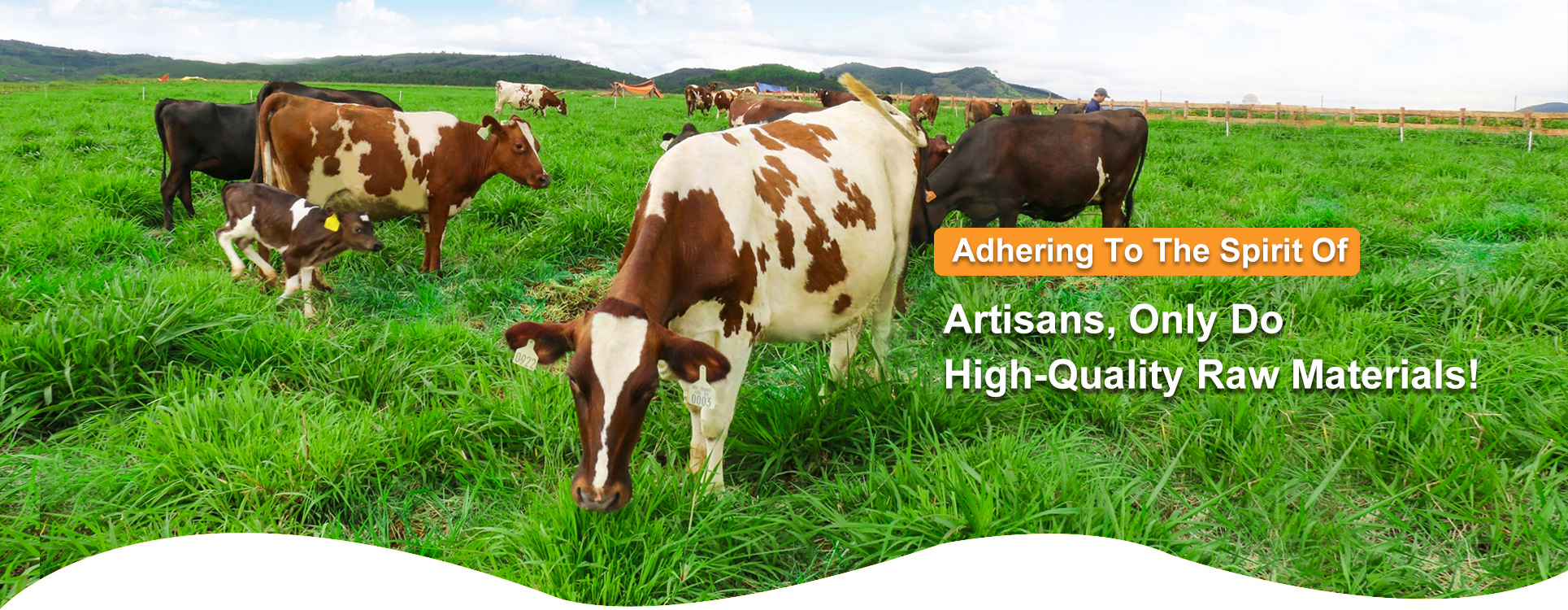
Dic . 21, 2024 06:40 Back to list
china coccidiosis disease in poultry
Coccidiosis in Poultry A Growing Concern in China
Coccidiosis is a parasitic disease caused by protozoan parasites of the genus Eimeria, significantly affecting poultry health worldwide. In recent years, China has witnessed a steep rise in coccidiosis cases among poultry flocks, leading to economic losses and concerns over animal welfare. Understanding the dynamics of coccidiosis, its impact on poultry production, and strategies for control are crucial for maintaining the health of the poultry industry in China.
The Causal Agents and Life Cycle
Coccidiosis is primarily caused by various species of Eimeria, which are host-specific protozoa. In poultry, Eimeria tenella, Eimeria acervulina, Eimeria maxima, and Eimeria necatrix are the most common species. These pathogens invade the intestinal lining, leading to tissue damage, inflammation, and impaired nutrient absorption. The life cycle of Eimeria involves oocyst formation, which is excreted in the feces, contaminating the environment and infecting other birds, thereby establishing a cycle of reinfection.
Economic Impact
The poultry industry in China is one of the largest in the world, providing significant contributions to the national economy and food security. However, coccidiosis poses a severe threat to this vital sector. Infected birds exhibit reduced growth rates, poor feed conversion efficiency, and increased mortality rates, all of which culminate in significant economic losses. Estimates suggest that coccidiosis accounts for billions of dollars in losses annually across the global poultry industry, with China being no exception.
Furthermore, the disease complicates the management of poultry operations. Farmers often incur additional costs due to veterinary treatments, medicated feed, and biosecurity measures aimed at controlling outbreaks. The impact is particularly felt in small to medium-sized farms, where financial constraints limit the ability to implement comprehensive management practices.
Factors Contributing to the Spread
china coccidiosis disease in poultry

Several factors have contributed to the increased prevalence of coccidiosis in China. Intensive poultry farming practices, characterized by high stocking densities and limited access to outdoor spaces, create ideal conditions for parasite transmission. Moreover, the excessive use of anticoccidial drugs in feed can lead to drug resistance, complicating treatment and necessitating higher dosages.
Environmental factors also play a crucial role. The warm and humid climate in many regions of China facilitates the survival and proliferation of Eimeria oocysts in the environment. Additionally, transportation of birds across different regions can spread the disease rapidly, making it difficult to contain outbreaks.
Prevention and Control Strategies
Effective management of coccidiosis requires an integrated approach that encompasses good husbandry practices, biosecurity measures, and strategic use of anticoccidials. Producers are encouraged to implement rotational grazing or alternative rearing systems that minimize overcrowding and reduce the buildup of oocysts in the environment.
Biosecurity measures such as strict cleaning and disinfection protocols between flocks, controlling access to poultry houses, and ensuring proper ventilation can significantly reduce the risk of infection. Furthermore, enhancing bird immunity through vaccination strategies has shown promising results in managing coccidiosis.
Additionally, education and awareness programs aimed at poultry producers can equip them with knowledge regarding the signs of coccidiosis and the importance of early intervention. Collaboration with veterinarians and animal health professionals is essential to monitor flock health and implement timely treatment protocols.
Conclusion
Coccidiosis remains a pressing issue in China's poultry industry, posing economic and health challenges for producers. Understanding the life cycle of Eimeria, factors contributing to the disease's prevalence, and implementing effective management strategies is key to mitigating its impact. As the poultry industry continues to evolve, prioritizing animal health will not only protect economic interests but also enhance food security in the region. By adopting a holistic approach to disease management, stakeholders can work together to create a healthier and more sustainable poultry production system in China.
-
Premium Honeysuckle Products - Leading Honeysuckle Manufacturer & Supplier Factory
NewsJun.10,2025
-
Pulmonary Edema Solutions from Leading Manufacturer & Supplier Reliable Factory Price
NewsJun.10,2025
-
Red Eyes - Leading Red Eyes Manufacturer & Supplier, Premium Quality Factory Price
NewsJun.10,2025
-
Broiler Ascites Syndrome Solutions Top Manufacturers
NewsJun.10,2025
-
Premium Amoxicillin Suppliers Reliable Biomox Mexican Factories
NewsJun.10,2025
-
Top Brewing Cell Wall Solutions Optimized Efficiency
NewsJun.09,2025




